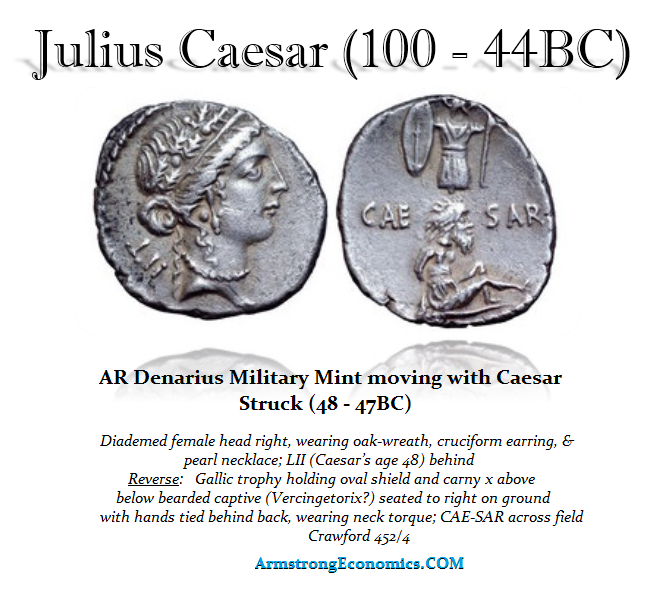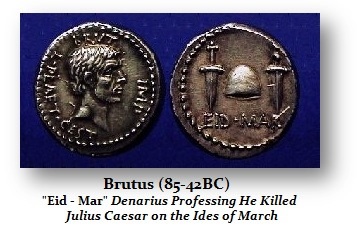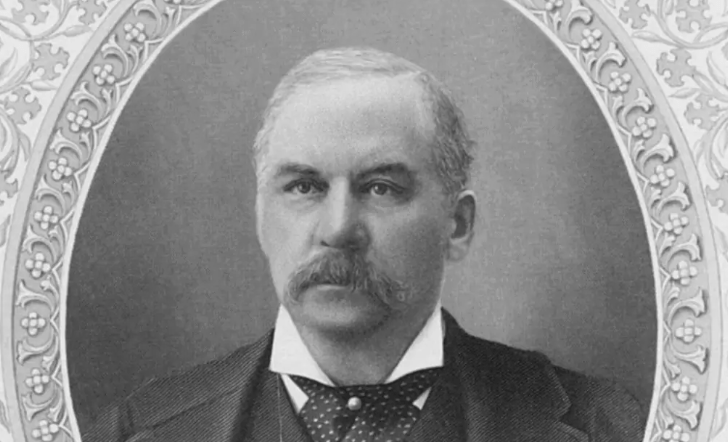COMMENT: I find it interesting how two people the general consensus has said were scoundrels, John Law and Julius Caesar, you have shown were actually people against the establishment. I read your Anatomy of a Debt Crisis and you have put together the contemporary historians where everyone else just seems to rely on the fake news of the day.
Thank you for digging up the facts.
HY
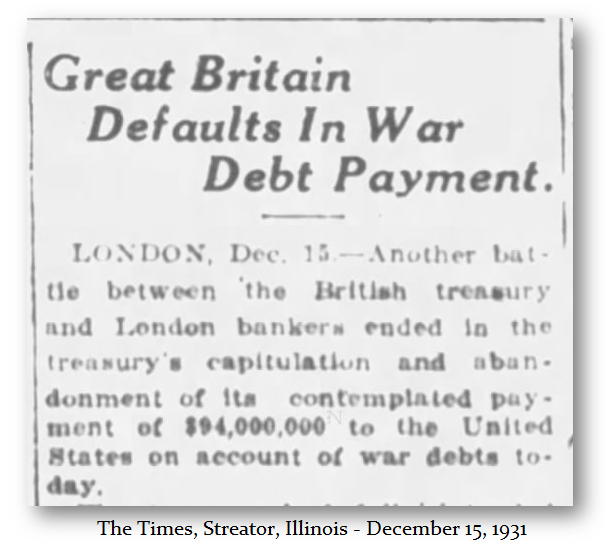 REPLY: When I was in high school, I had to read Galbraith’s “Great Crash.” Nowhere in his book did he ever mention defaults on national debts by any country. When I came across Herbert Hoover’s memoirs in an old book store in London, this was probably the second thing that changed my life, with the first being the movie “The Toast of New York” about the Panic of 1869 when gold hit $162.50, which I had to watch in history class. I learned not to trust the history books, and the best way to find out the truth was always to return to the contemporary reports of history and/or the newspapers of the time.
REPLY: When I was in high school, I had to read Galbraith’s “Great Crash.” Nowhere in his book did he ever mention defaults on national debts by any country. When I came across Herbert Hoover’s memoirs in an old book store in London, this was probably the second thing that changed my life, with the first being the movie “The Toast of New York” about the Panic of 1869 when gold hit $162.50, which I had to watch in history class. I learned not to trust the history books, and the best way to find out the truth was always to return to the contemporary reports of history and/or the newspapers of the time.
The coinage has been a major factor in identifying the history and accurately dating events. Here is an extremely rare coin of Julius Caesar. Note that there is no portrait of him. He is announcing his victory in Gaul. His Gallic campaign was initially a piecemeal affair, but within six years, he had expanded Roman rule over the whole of Gaul. Following years of relative success, mainly thanks to the disconnected nature of the tribes allowing him to take them on separately (divide and conquer), Caesar was faced with the chief of the Arverni tribe, Vercingetorix, who too late had built a confederation to stand against Caesar. In 52 BC, despite formidable resistance, Caesar finally defeated Vercingetorix at the Battle (or Siege) of Alesia. This illegal war which by Caesar’s own account had left a million dead, was instrumental in elevating him to a position of supreme power among the statesmen of the late Republic, making him incredibly wealthy through war booty and also making him dangerously popular with the plebs — the common people.
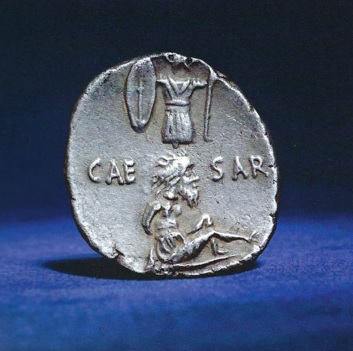 This coin was struck in the course of Caesar’s war against the Senatorial faction led by Pompey and later Metellus Scipio. Caesar’s triumphant coinage trumpets his military achievements and conquest in Gaul while reminding the bearer also of his claimed descent from Venus through Aeneas. Interestingly, behind the bust is how old he is IIL or 48 years old. The reverse figure tied below the trophy of arms is popularly believed to depict the defeated Vercingetorix. The figure is carefully rendered in detail of how the Gauls appeared unshaven often with tattoos in blue to frighten their opponents.
This coin was struck in the course of Caesar’s war against the Senatorial faction led by Pompey and later Metellus Scipio. Caesar’s triumphant coinage trumpets his military achievements and conquest in Gaul while reminding the bearer also of his claimed descent from Venus through Aeneas. Interestingly, behind the bust is how old he is IIL or 48 years old. The reverse figure tied below the trophy of arms is popularly believed to depict the defeated Vercingetorix. The figure is carefully rendered in detail of how the Gauls appeared unshaven often with tattoos in blue to frighten their opponents.
In order to consolidate his power when he returned, Caesar produced triumphant coinage to spread the news of his military capability. The reverse of this coin is popularly believed to depict Vercingetorix himself. In 48-47 BC, the defeated Gallic chieftain still languished in the Tullianum, the underground prison beneath the Comitium. He would be hauled out for Caesar’s triumph in 46 BC, then returned to his cell and strangled.
This example of Julius Caesar AR Denarius was struck by a military mint moving with Caesar to pay the troops on a regular basis between 48-47 BC.
This is a Roman silver denarius struck by Brutus announcing he killed Caesar on the Ides of March 15, 44 BC (EID MAR). As you can see, the coinage can actually be used to confirm history to the year and sometimes to even the very day.

